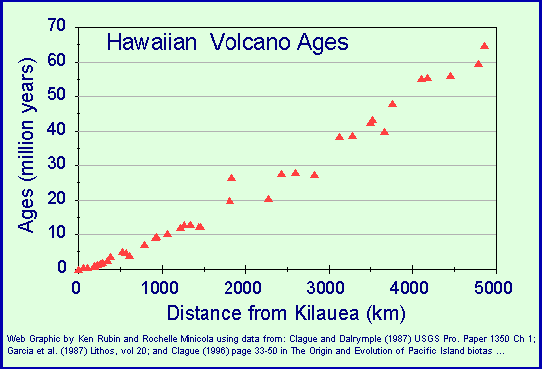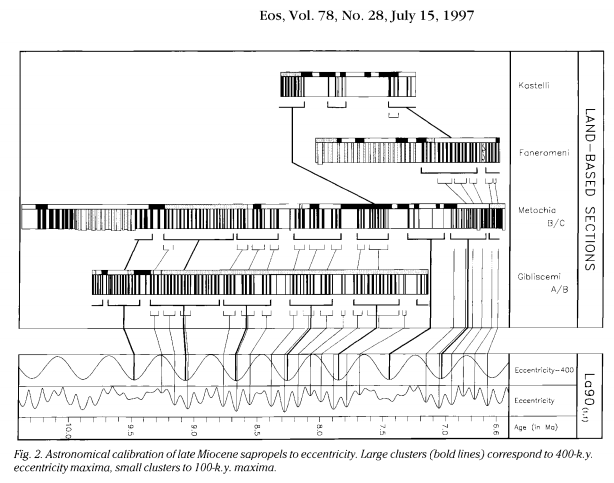Sure. I am not a geophysicist, but I am happy to share what I know.
Hawaiian Tectonics
Using satellites we are able to measure the northwesterly movement of the Pacific crust across the Hawaiian hotspot. Geologists have extrapolated this movement backwards for tens of millions of years to predict when a particular island or underwater formation was produced by the hotspot. The dates predicted by radiometric dating align very closely with the dates predicted by extrapolation of tectonic movement:
Concordance of Astronomical Polarity Timescale with Argon Dating of Mediterranean Sediments
The rate of sedimentation is influenced by astronomical Milankovitch cycles. As of 1997, geologists had shown alignment between the radiometric dates of the sediments and the dates predicted by Milankovitch cycles [back to 12Mya](https://agupubs.onlinelibrary.wiley.com/doi/pdf/10.1029/97EO00186).
Concordance of Radiometric Methods in Dating Meteorites
If universal "constants" were changed such that radioactive decay accelerated by orders of magnitude, the effect on various isotopes [would not be uniform](https://ageofrocks.wordpress.com/2014/06/04/concordance-in-meteorite-dating-have-i-misunderstood-dr-snelling/). "Accelerated nuclear decay should have affected each decay system to a different extent (depending on atomic mass and mode of decay), resulting in systematic ***discordance*** between the results."However, the chronologies established by 10 different radiometric methods align remarkably well, as seen here:
Hope this is helpful,
Chris
